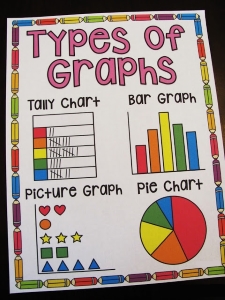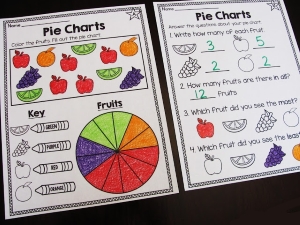Let’s just say I was kind of dumb-struck at how grown-up my daughter explained the use of Statistics and Data Analysis in school, what type of graphs they used and how easy this whole “data-thingy” is, as she called it.


After my initial surprise, it actually made sense. This just signals the importance of data – it is important to learn statistics from an early age, because so many of the decisions that we make in everyday life are based on statistics, it influences most of the decision making we do each day.
For example: Netflix is a data-driven company. It has more than 148 million streaming subscribers and this allows them to collect a massive amount of data. With this data, Netflix can make better choices and therefore makes users happier with their service by delivering better products and content that really interests the watchers. Especially with Apple’s and Disney’s streaming service entering the market later this year, this data is so very important.
So it’s no surprise, that over the past decade, data and analytics have slowly crept into the world of education. And there is a good reason why: the rapid growth of “big data” is influencing all of our lives. According to Forbes magazine, “Two-and-a-half quintillion bytes of data are created daily.” It is a part of everyone’s life, it is not only being used for business to optimize their work or up their profit.
Also, when it comes to job choices, data might be interesting for our children, after all data scientists are now one of the most sought after positions. The prerequisites for a Data Scientist are therefore excellent: very good earning opportunities, a diverse and multi-faceted range of tasks and, above all, great future potential. A former exec at Google even went so far as to call it the “sexiest job of the 21st century”.
Or maybe the future of the profession of data scientist does not look that great, as it is more and more automated and is likely to be replaced by machines completely?
Let me know what you think!!


